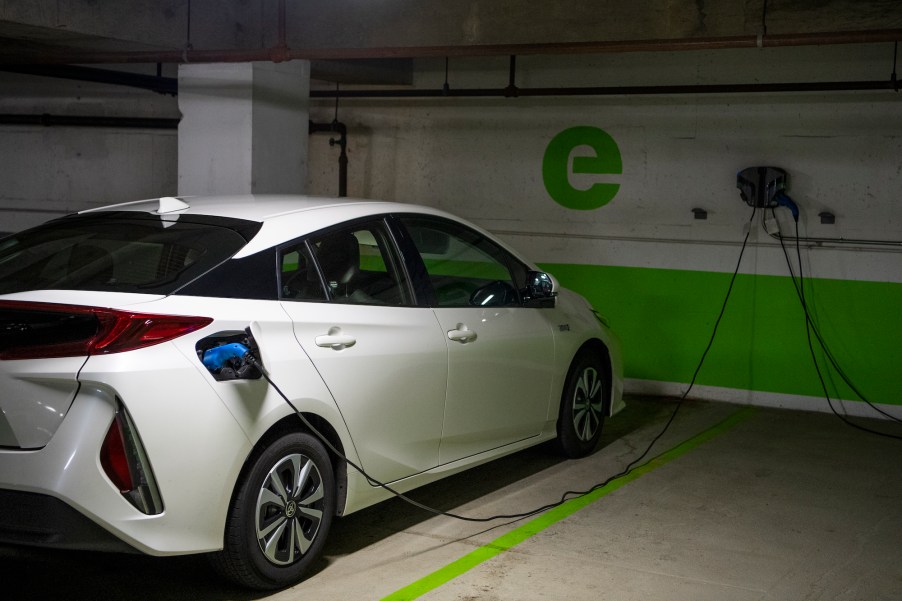
How to Use EV Charging Stations
Many people can get on board with the idea of purchasing an electric vehicle for environmental reasons (and tax credits). But they might have reservations about the perceived limits to EVs. One of the most common concerns is charging these vehicles, especially on long road trips. Most of us are used to stopping at gas stations, and changing what we know about refueling vehicles can feel intimidating.
So, here’s a quick guide about the basics of using EV charging stations to get you acquainted.
Finding EV charging stations
When you take a gas-sipper on a long road trip, refueling logistics often require little planning. EVs once required much more recharging strategizing to ensure you could make it from point A to B without a hitch. But the number of EV charging stations has sharply increased in recent years, along with increased EV range. This is great news for people who plan to drive long distances in their electric vehicles. But it’s still a good idea to make a recharging plan to avoid mishaps.
You can find public EV charging stations on the U.S. Department of Energy‘s website. It also offers iPhone and Android apps to help you find EV charging stations near you.
Many private companies also provide charging networks around a city, but they typically require a paid membership. These networks include ChargePoint, PlugOther, and Ivy. Most charging stations allow you to pay with an app or credit card.
Types of charging levels
Like different gasoline octanes you can purchase at the pump, EVs have different charging types called levels.
Level 1 chargers are the slowest, often taking more than a day or two to charge an EV fully. This is understandable, though, because Level 1 chargers use the standard wall outlets you might use to charge your phone or tablet. Most people avoid Level 1 chargers unless they really need them.
Level 2 chargers are much faster than Level 1s, but they rely on a 220-to-240-volt outlet. This is the same type used for most clothes dryers in homes, and you can purchase an adapter that allows you to use a dryer outlet to charge an EV. Level 2 chargers can completely refuel most cars overnight, which works fine when parked at home or a hotel with EV charging stations. Many places provide Level 2 charging for free, a big bonus if you plan to use one of these stations when traveling.
Level 3 chargers, sometimes called DC fast chargers, are 400 or more volts. They can charge most EVs in just over an hour. Unfortunately, this often costs much more than Level 2, but it’s great if you can’t wait overnight for a full battery. Also, not every car is compatible with these chargers, so check ahead to make sure your EV is compatible.
Types of EV charging plugs
Similar to cellphones, with different ports and charging cables, EVs also have distinct charging ports. The three main types of connectors are combined charging system (CCS), CHAdeMO, and Tesla. Fortunately, these types differ only in Level 3 charging scenarios because all EVs made in the United States after the year 2000 use J1772 plugs for Level 2.
Once you know which plug works with your EV, you don’t have to give the other types too much thought. You’ll just need to find fast-charging Level 3 stations compatible with your plug.


